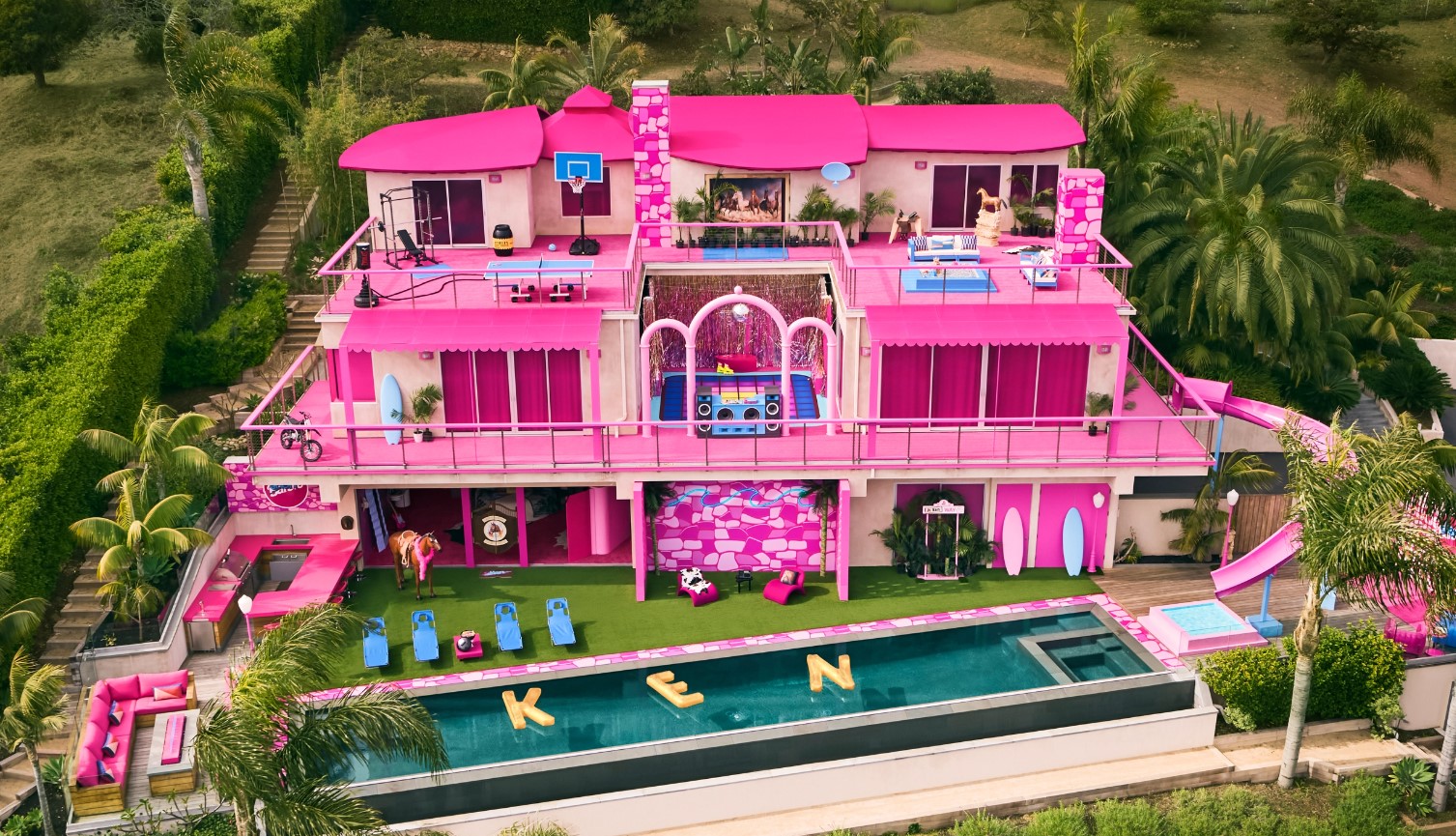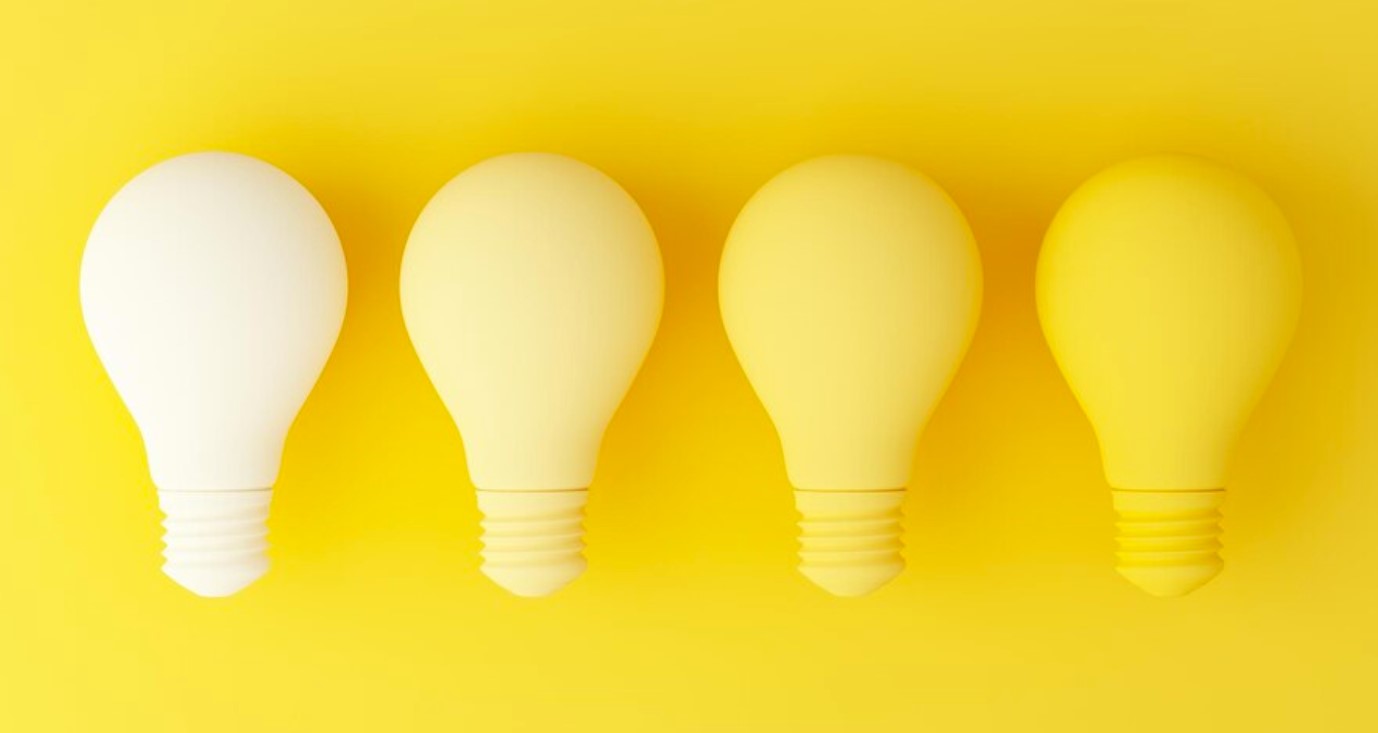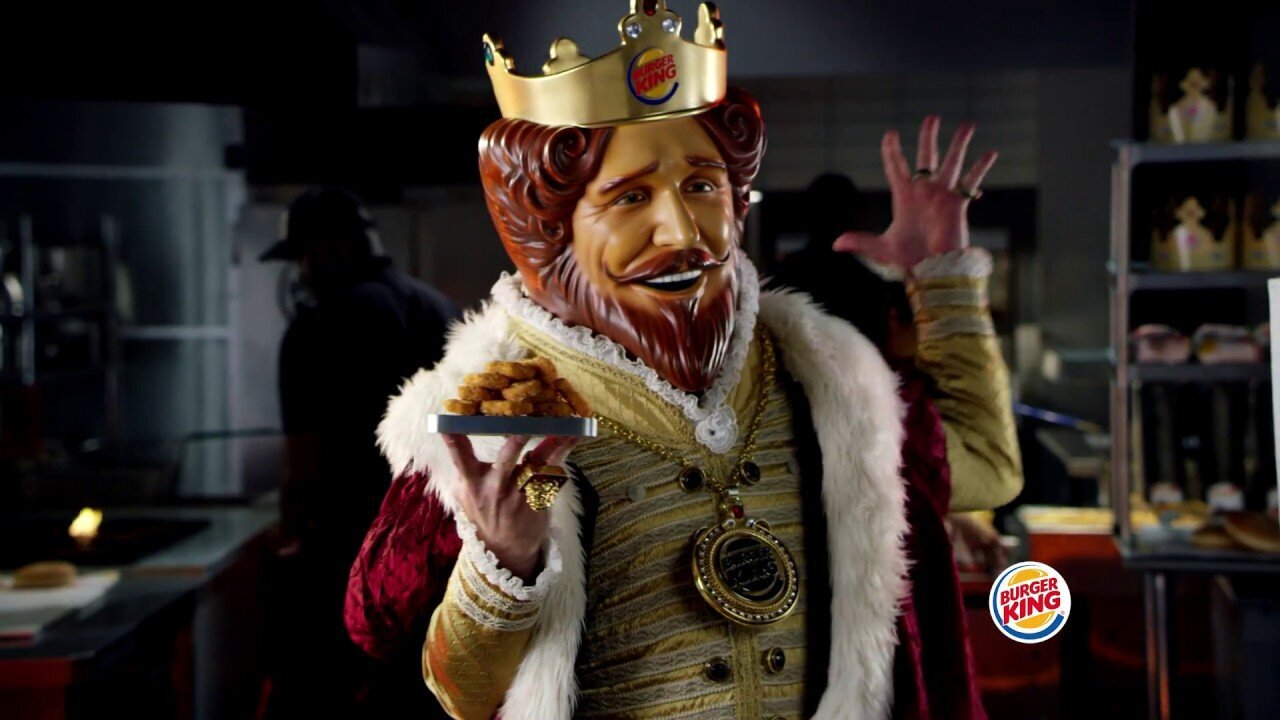- Digital Marketing
The Genius of Barbenheimer’s Digital Marketing
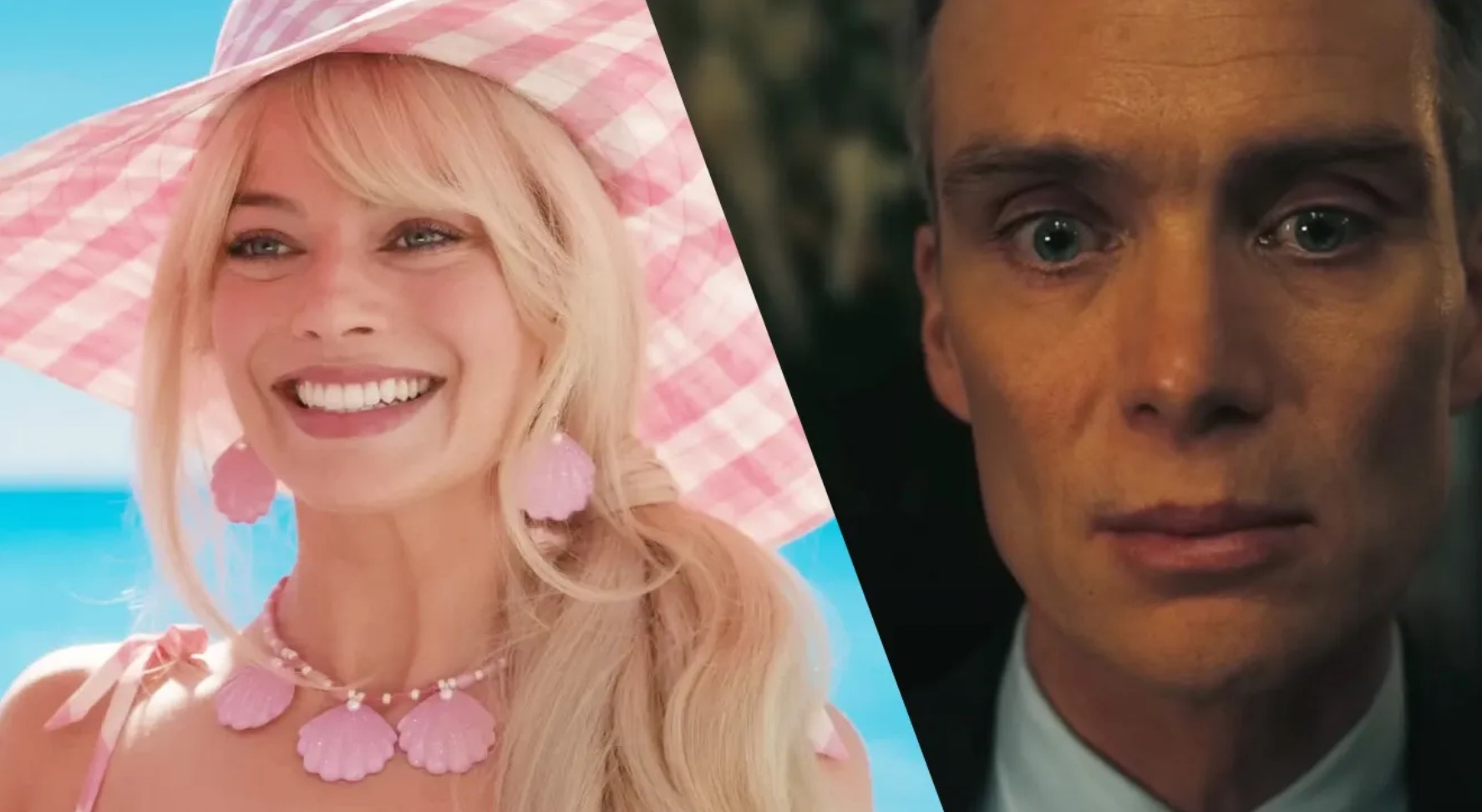
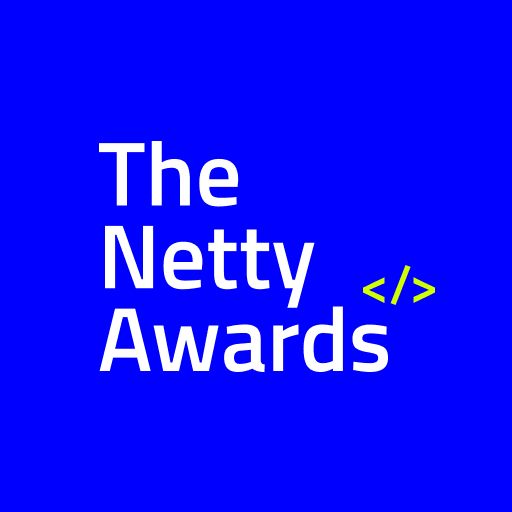
Published By
The Netty Awards

If you’ve been on the internet in the last few months, you’re likely familiar with the “Barbenheimer” phenomenon. It’s everywhere. Two seemingly unrelated and polar opposite movies—Barbie and Oppenheimer—released on the same day managed to capture the internet’s attention like no other movie event in recent years. The term “Barbenheimer” was coined, the memes spread, and both movies smashed the box office. But how and why did this phenomenon happen? Let’s take a closer look at what this ingenious marketing strategy can teach us.
Embrace what social media already wants
Barbenheimer originally emerged from the internet as a humorous meme highlighting the contrast between the two films. It sparked the internet’s imagination, resulting in fan-generated organic marketing. All the two films had to do was lean into it, generating viral engagement that went beyond traditional advertising methods.
By the time both films opened, there had been roughly 7 million social media posts about Barbie, and the engagement on Barbie and Oppenheimer-related content climbed to 277 million and other brands took notice. Big names like Oreo, Baskin-Robbins, Burger King and Wendy’s jumped on the trend.
Promote User Generated Content
Along with the countless user-created memes, came fan-made trailers and even merchandise for Barbenheimer. All this led to a sense of community within both fanbases of the movies, with everyone liking, sharing, commenting and encouraging more user-generated content (UGC).
Sensing an opportunity, the Barbie team launched an AI Selfie Generator to encourage even more UGC. Millions of users engaged with it, leading to a whopping 23350% increase in mentions of the Barbie movie on social media.
Look for opportunities in unexpected places
What initially started as a spontaneous response to the release date of two movies quickly gained traction and became a marketing campaign that both movies utilized. The filmmakers and actors got involved, embracing Barbenheimer and encouraging their own followers to catch both films. Movie theaters also hopped on the bandwagon, offering package deals to see both films back-to-back on the same day.
Both the Barbie and Oppenheimer teams took a chance on embracing each other’s films—for two competing studios nonetheless—and it paid off. With two completely tonally different films and two completely different fanbases, both films managed to tap into each other’s audiences, leading to bigger box office numbers.
The numbers speak for themselves
Barbie crushed its opening weekend with the largest opening of the year, earning $155 million domestically. At the same time, Oppenheimer made a highly respectable $80.5 million (amazing for a 3-hour, talky period piece). Barbie’s director, Greta Gerwig, has now become the first woman to direct a billion-dollar movie, while Oppenheimer far exceeded expectations and is seen as an Oscar front-runner.
The Barbenheimer phenomenon proves that creativity, coupled with a keen understanding of what audiences want, is a recipe for success in the digital era. It showcases the power of social media, encouraging user-generated content and seizing opportunities that present themselves. Digital marketers take notice: this strategy has implications for most areas of business, not just the movies.
The Netty Awards
The Netty Awards are a prestigious awards program that honors top leaders and companies across various industries in the digital age. With over 100 unique categories, the awards celebrate achievements in Social Media, Industry, Influencers & Creators, Web, Advertising & PR, and Apps & Software. If your company is making innovative strides, no matter how big or small, consider nominating your organization for the Netty Awards today!
Nominate a Business
Submit a deserving project, company, or individual for consideration.
Sign Up before continuing
Already have an account? Login

Are you leaving?
Are you sure you want to leave? All your unsaved information will be lost.
